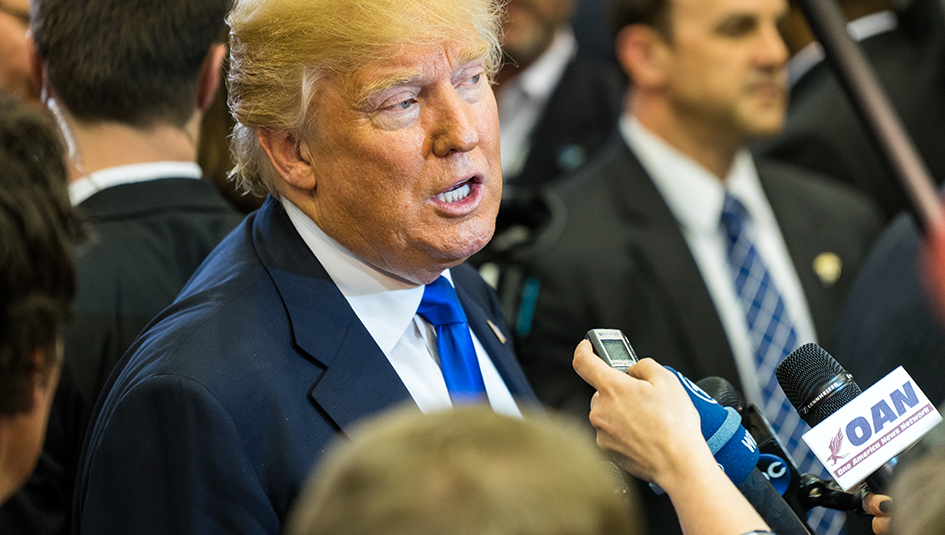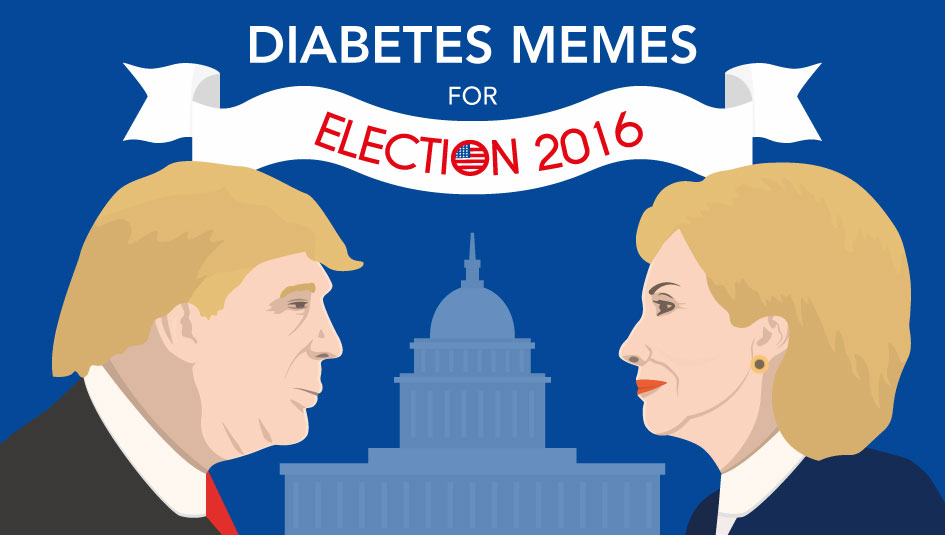There’s Life After Kidney Failure


This profile was excerpted from My Sweet Life: Successful Women with Diabetes, edited by Dr. Beverly S. Adler.
In 1966, I was diagnosed with Type 1 diabetes. In those early days after my diagnosis, diabetes was rarely discussed.
As I look back at the tools, technology, and education I got, it feels like I was living in the Dark Ages. Diabetes self-management education was minimal, there was no such thing as home blood glucose monitoring, no insulin pumps or continuous glucose monitors, and carbohydrate counting was practically unknown. My insulin regimen was very basic: 30 units of intermediate-acting insulin once a day. From 1966 until about 1978, I kept up this routine. The results were disastrous, but most of their horrible effects didn’t appear until years later.
In 1978, I was instructed by my doctor to increase my insulin injections to two times per day. I thought this must be the beginning of the end –two shots per day. I was so uneducated about my diabetes that I didn’t realize that taking insulin twice a day could actually improve my blood glucose. This was the first, tiny step on the long road to better diabetes self-care.
Later, I learned about home blood glucose monitoring from my brother, Bill, who was in medical school at the time. He told me about pregnant women who monitored their blood sugar to ensure healthy pregnancies. This intrigued me. I had stopped testing my urine for sugar more than a decade earlier. Why perform urine tests when the results were always bad? Besides, testing urine was like reading yesterday’s newspaper for the news you wanted right now.
I decided that doing my own blood sugar testing might provide a better way to keep track of my diabetes management. I acquired my first meter in 1981. When I began testing, my blood sugar levels were between 200 mg/dL to 300 mg/dL most of the time. After about six months of blood sugar testing, I saw dramatic improvement. I have been monitoring and fine-tuning my blood sugar control since that time.
Although I got started late in the diabetes management game, when I caught that ball, I ran with it. I was asked to facilitate a Diabetes Support Group that had been started by a nurse who had diabetes. When that nurse left Ann Arbor, a friend with diabetes and I took over the Diabetes Support Group and kept it going during the 1980s and 1990s. I realized that discussing ways to cope with diabetes with other people was beneficial to me. I also realized that offering a hand-up to others who were having the same difficulties that I had felt good.
Then in 1985, my kidneys failed. I was on dialysis for about six months before I received a call from the University of Minnesota Hospital saying they had a deceased donor who was a match for me. I jumped on a plane immediately, and the operation was a success.
My donor was a 17-year-old male who died of suicide. I wrote “thank you” letters to the family of my donor for several years. Of course, no letter can ever explain all my feelings – especially knowing I owed my new life to the tragedy another family had to endure.
Then the time came when the letters were returned as undeliverable, with no forwarding address. Not a day goes by that I don’t give thanks anyway for the gift I was given. This year, I celebrated my twenty-five-year kidney transplant anniversary.
After my kidney transplant, I started volunteering as a peer mentor in the Nephrology Unit at the University of Michigan Hospital. I worked closely with a renal social worker and met with other kidney failure patients. Social workers can tell their patients there’s life after kidney failure, but a picture is worth a thousand words. I would visit with people who felt sick, were scared to death of starting dialysis, and fearful of losing control of their lives. I didn’t give medical advice, but was able to tell my story.
A few years later, the National Kidney Foundation of Michigan wanted to get involved in public policy, and hired me to begin their program. I still wonder how that happened. I had no training in government affairs or public policy. What I did have was good logic, decent writing skills, and a passion for issues concerning diabetes, kidney disease, and kidney failure. I was eager to share my story and initiate policies that could improve the lives of people with diabetes, chronic kidney disease, and kidney failure.
Do I wish to come back in my next life without diabetes? Of course. Have I made the most of the hand
I was dealt in this life? I hope so. While I would never wish diabetes on anyone, I must confess it
opened doors that otherwise would not have been there for me. For this, I am grateful.
You can order My Sweet Life: Successful Women with Diabetes on Amazon.com.
Thanks for reading this Insulin Nation article. Want more Type 1 news? Subscribe here.
Have Type 2 diabetes or know someone who does? Try Type 2 Nation, our sister publication.







